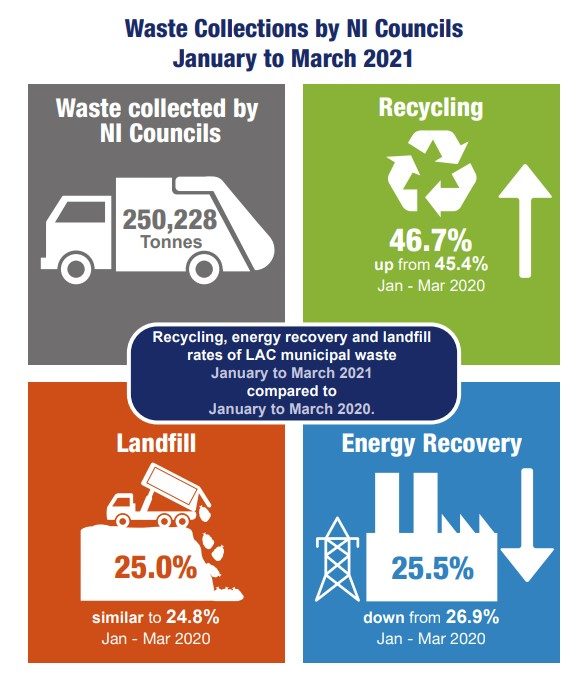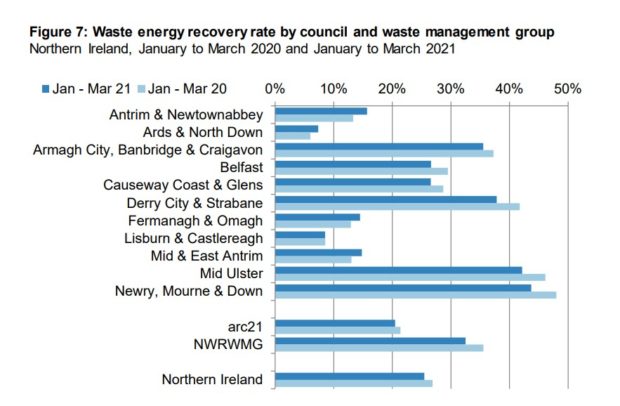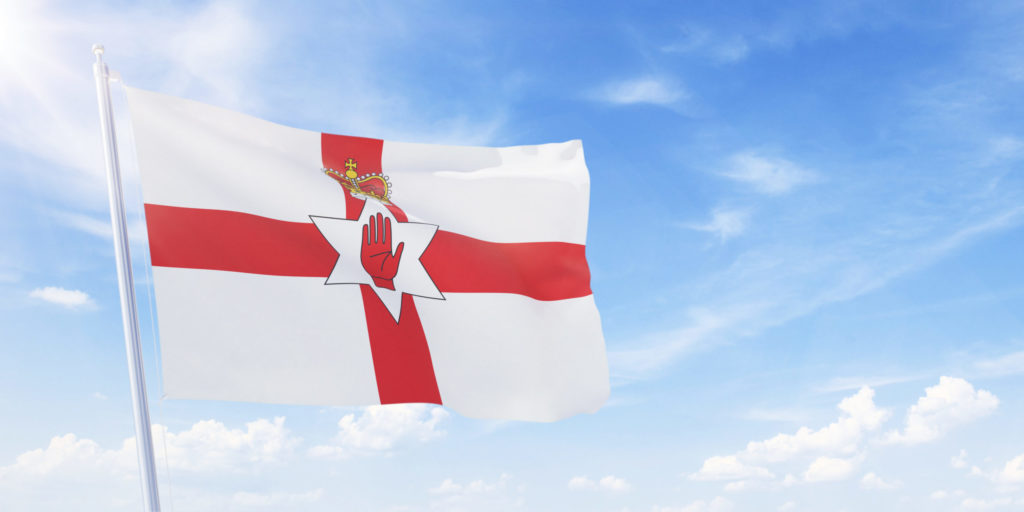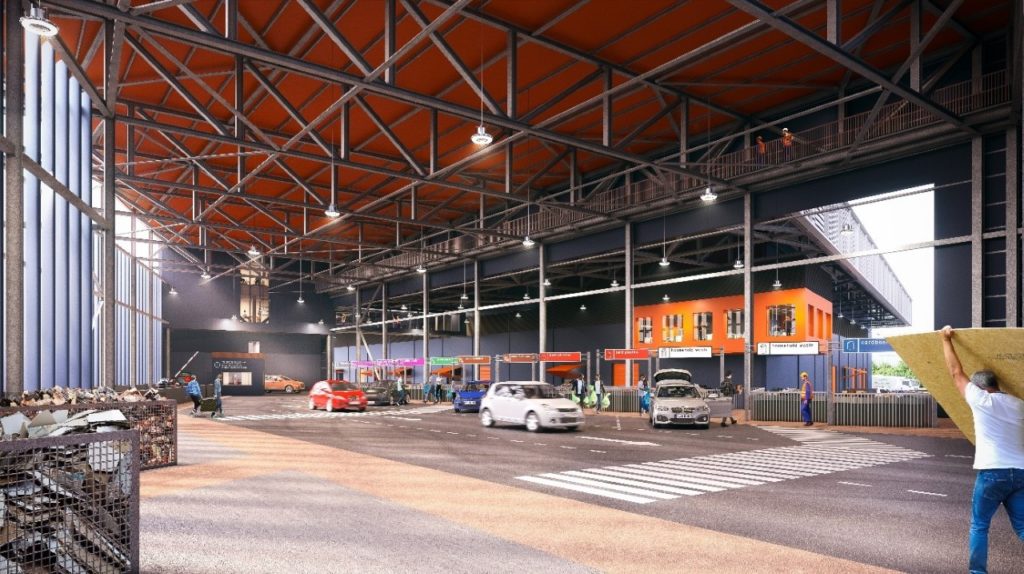The dataset, published by Northern Ireland’s Department of Agriculture, Environment and Rural Affairs (DAERA) on 28 July, suggested the increase was likely down to greater numbers of people spending more time at home because of Covid-19 restrictions.
A total 250,228 tonnes of waste was collected during January to March 2021, of which 46.7% was recycled. This marked a 1.3% increase when compared with the same period last year.
The amount sent to landfill was 25%, up from 24.8% in the same three months of 2020, with a further 25.5% sent for energy recovery. The remaining waste unaccounted for is likely to involve moisture and/or gaseous losses.

Councils
The 11% rise in waste tonnages for local authorities in Northern Ireland is the fourth consecutive quarter where the country has marked an increase. Waste volumes in the final three months of 2020 rose by 9.2% when compared with 2019, which followed a 5.2% rise in the quarter before.
As outlined below, all councils except Antrim & Newtownabbey recorded an increase in total arisings in January to March 2021 compared to the same period in 2020, with the largest increase recorded in Ards & North Down.
The proportion of waste collected by each council broadly reflects the population within the councils. Belfast collected the most waste at 41,954 tonnes, whilst Fermanagh and Omagh collected the least at 14,466 tonnes.

Recycling
For recycling, Ards & North Down reported the only decrease in their household recycling rate compared to January to March 2020 at 5.8%, despite seeing the largest increase in waste arisings.
Four of the remaining councils reported little change in their household recycling rates, whilst the rate increased in the other six councils, the largest of which was a 4.9% rise in Derry City & Strabane and 4.2% in Mid Ulster.
Energy recovery
Northern Ireland’s energy recovery statistics often spark a debate as Indaver is behind a project hoping to build a £240 million energy from waste (EfW) facility in Mallusk, north Belfast.
Between January to March 2021, 63,699 tonnes of waste arisings were sent for energy recovery. This gave a waste energy recovery rate of 25.5%, lower than the 26.9% rate reported for the same period in 2020.
On the back of the publication of the data for the final three months of 2020, John Ahern, executive chairman of Indaver, said while DAERA “rightly celebrates” the increase in EfW, it “doesn’t tell the whole story” as the majority of energy recovery is happening abroad, tightening the need for additional infrastructure.
If it goes ahead, Indaver’s EfW project will process waste for arc 21, the umbrella waste management group for six local authorities in the east of Northern Ireland hoping to build the Mallusk EfW plant.









Subscribe for free